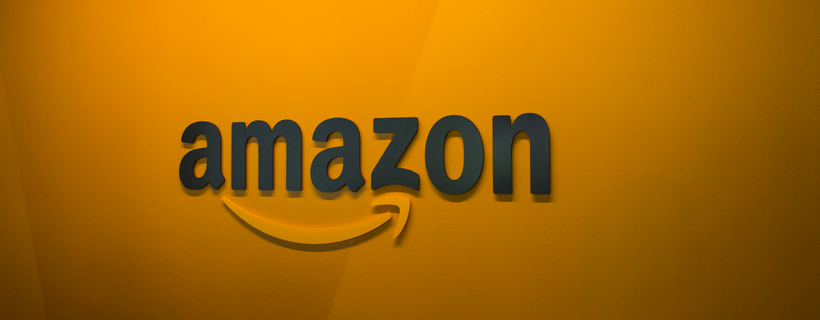Amazon fooled us again. They have been cautioning investors for the past three quarters that the one-day shipping investment cycle would depress profitability. Instead, they beat Street operating income in Dec-19 by 44% while only exceeding revenue expectations by 2%. Operating income guidance for Mar-20 is effectively 37% above the street and revenue is in line. The reason for the better profitability is that the advertising and AWS businesses are more than offsetting the cost of building out one-day shipping (shipping costs up 43% y/y vs units up 22%). This diversification makes it difficult for traditional retailers to compete. As evidence, Amazon continues to grow market share at about 3x the pace of the overall ecommerce market.
What’s Amazon Worth?
Following December results, the company is now valued above $1T with almost no operating income. Similar to Netflix and Tesla, Amazon’s valuation is often justified by the size of the addressable market in front of it. In this case, ecommerce accounts for, at most, 15% of global sales, (likely going to 55% in the decades to come). And the company’s efforts in brick and mortar, advertising, and AWS are just beginning. We recall, 10 years ago, struggling with justifying Amazon’s valuation. Since that time, the market cap has increased from about $60B to $1T today. Barring a seismic shift in terms of how investors view Amazon’s long-term potential, which we see as unlikely, the company will be rewarded with a rich multiple. So how much is Amazon worth? History would suggest more than $1T.
Other Takeaways
-
Amazon knows how to play the investor game. Occasionally reminding investors there is leverage in the model gives them the flexibility to more broadly invest in pursuing large addressable markets.
- Prime subs are now over 150M. This is up from 100M just 21 months ago.
-
If history repeats itself, 2020 earnings will be better than expected, and the company will re-enter investment mode in 2021 with a focus on faster delivery and brick&mortar expansion.
-
Advertising business remains on a tear, up 41% vs 45% last quarter (compared to Amazon’s overall growth of 21%), and now represents now 5.5% of sales.
-
Assuming the ad business has a 65% operating margin would mean 80% of the quarter’s profits came from that segment.
-
AWS was another positive, with 34% growth – essentially in line with Sep-19’s 35% growth. This is important because it ends 6 quarters of measurable decline in AWS growth, reassuring investors that the segment has signs of stability.
-
Separately, AWS margin inched up to 26.5% from 25% in the previous 2 quarters. AWS is now 11.4% of sales.
-
The numbers 1, 3, 4, 5, and 6 bullets under “highlights” in Amazon’s Q4 press release are related to Alexa.
-
Big picture – Amazon continues to gain share of a growing ecommerce market that is still nascent. In Dec-19, online grew at 15% vs overall US ecommerce at about 5%. At most, 15% of global retail sales are online (going to 55% in the next several decades). Additionally, Amazon is going to play more in traditional brick&mortar beyond Whole Foods. They currently have 54 stores (ex WFM), and we expect that to be 84 by year-end. Lastly, don’t forget AWS.
